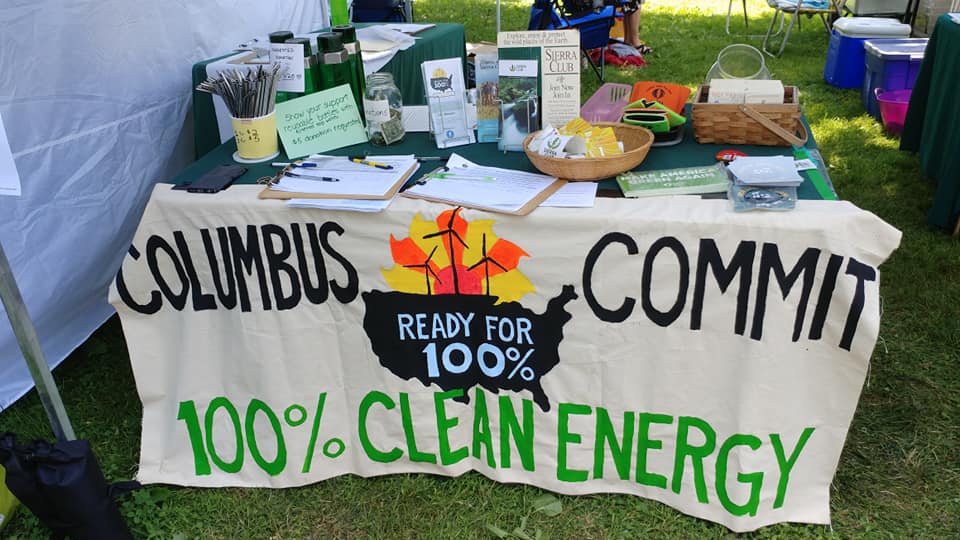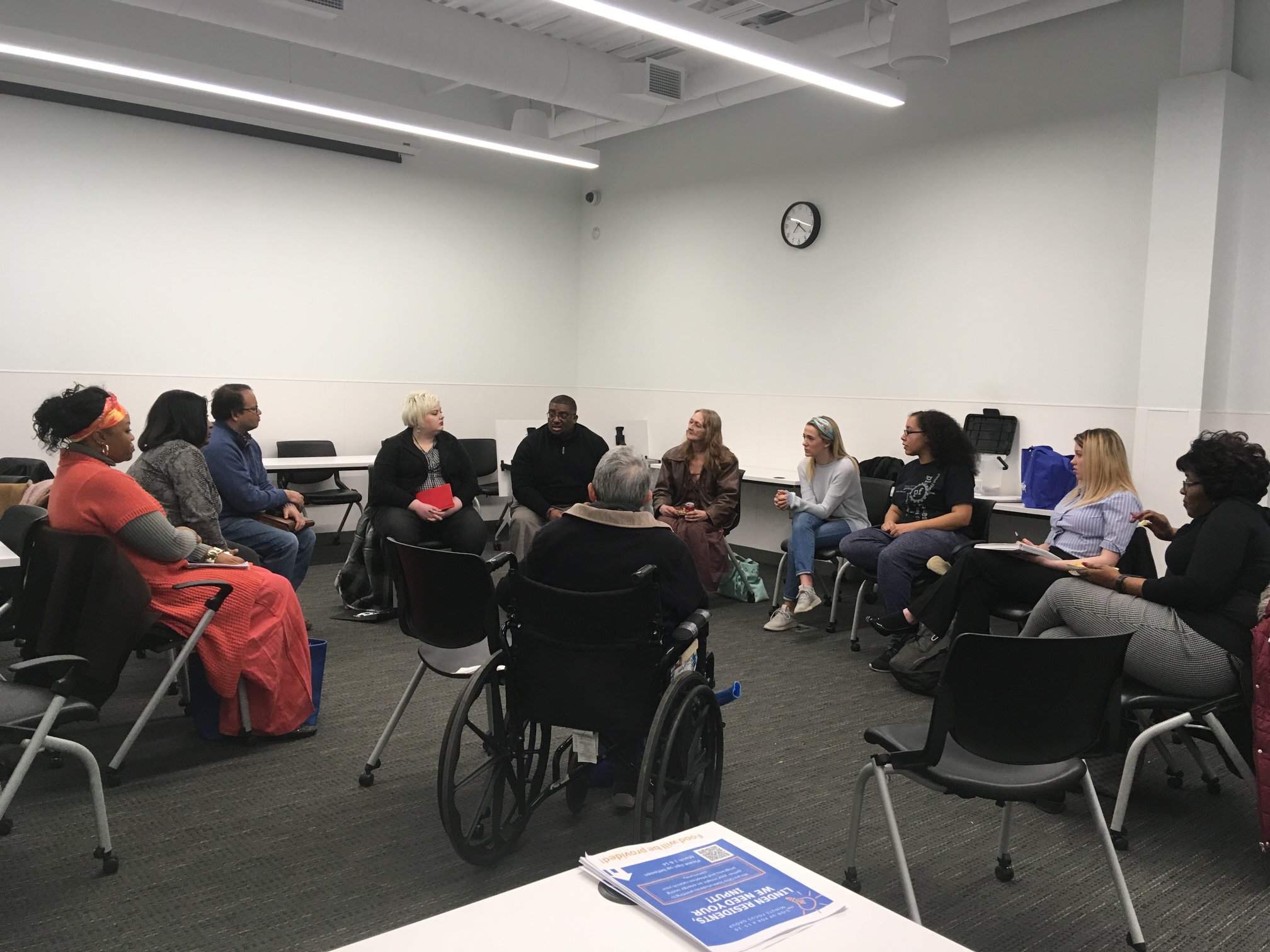February 25, 2020
We have a Ready for 100 breakthrough
But more work is needed to get this across the finish line
Last week we received a stunning announcement from the city of Columbus. In his State of the
City address on February 13, Mayor Andrew Ginther announced the city would seek to put
community choice aggregation on the ballot in November in order to “guarantee that 100% of
the power used in our homes will come from renewable sources like wind and solar by 2022.”
We were amazed. The last time we had talked with city sustainability officers, they indicated the
goal would be “carbon neutral by 2050.” While of course carbon neutral is better than no goal at
all, it isn’t good enough. That would allow us to keep burning fossil fuels as long as we buy
enough carbon offsets. We want to be running on 100% local renewable energy instead.
Now the mayor has just announced a new goal – 100% renewable energy by 2022 – just two
years away! How can we do that? Through community choice aggregation, a form of “collective
bargaining” for our energy supply. Aggregation will allow the city to pool together all of its
electricity customers and use them to leverage 100% renewable energy from the utilities.
Aggregation will require a ballot initiative. After all, if the city is going to bargain for electricity
on behalf of its citizens, we need to give the city permission to do that. Most cities in Ohio have
long since aggregated, though not for renewable energy. Our conversations about Ready for 100
with other cities are asking them to put more or all renewable energy into their aggregation
contract.

But in Columbus, our conversation has been asking them to aggregate directly for 100%
renewable energy. Worthington recently passed aggregation for 100% renewable energy – it
passed there by 75%. Columbus can do the same.
If Columbus passes aggregation for 100% renewable energy, the next question is, where will that
energy come from? For years, Cincinnati bought Renewable Energy Certificates or RECs. This
stimulates the supply of renewable energy elsewhere but does not power the city directly.
However, recently, Cincinnati has contracted to buy all of its power from a solar farm being built
in Highland County. In fact, it was Cincinnati’s commitment to purchase this energy that allowed
banks to approve the financing construction of the solar farm.

Columbus could do the same thing. If we aggregate for 100% renewable energy, that’s a
commitment to buy a lot of renewable power. Why not generate that power right here in Central
Ohio? If Columbus were to commit to buying its power from a solar farm in Central Ohio, the
banks would underwrite the construction of such a facility.
All of this is an incredibly exciting development, but now we need to get it across the finish line.
The city needs to put aggregation for 100% renewable energy with an intent to leverage our large
customer base to purchase energy from the local generation. This will create jobs in Central Ohio,
clean the environment, improve public health, and address the climate crisis.

Cities are responsible for 70% of carbon emissions, and Columbus is the 14th largest city in the
country. What we do about our carbon emissions matters. We are thrilled to see the city taking
steps to truly address the root of our emissions – the energy coming in – and seize control of its
own energy supply in order to leave a better world for future generations.